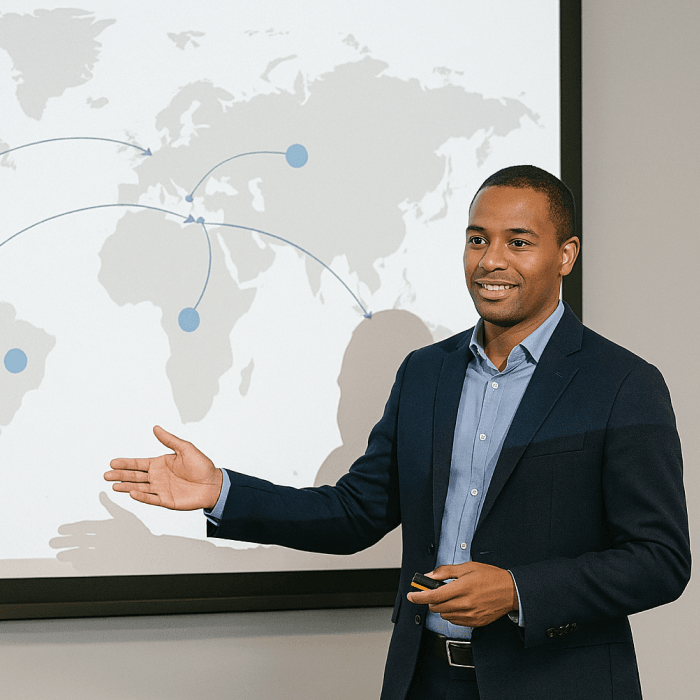Updated: April 10, 2025- 12 min read
We all know that product leadership roles are carried by strategic thinkers. They’re the people who provide the roadmap, shape the strategy, and help the team build products that everyone loves, all while making sure that no one trips along the way—at least not very often!
But what exactly does a Head of Product do? Where do they fit in the leadership hierarchy? The Head of Product role can be difficult to fit into the career ladder because each company is free to interpret it differently. In some cases it’s the top product role, similar to a Chief Product Officer. At the other extreme, in some cases, it can be an individual contributor role. In this blog post, we'll be talking about the most common definition of Head of Product, which sits on the managerial track somewhere between Group PM and CPO.
In a world where product teams can range from scrappy startups to complex corporate structures, the Head of Product is the linchpin. They hold strings tight and neat, aligning product ambitions with business goals. They are a portal between the executive level roles and more operative senior product roles that make things happen further down the vertical. It's a balancing act of strategy, leadership, collaboration, and the right dose of pragmatism.
While the title might sound corporate, the impact they have on shaping products — and, ultimately, businesses —is still reflected in details and very, very palpable.
Let’s dig into what it takes to be a Head of Product and why this role is more than just a fancy title.
Interview Prep Checklist
Land your dream job with expert-approved example answers and proven frameworks!
GET THE CHECKLIST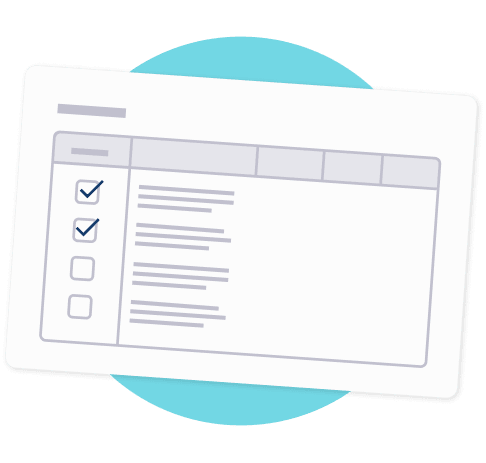
What Does the Head of Product Do?
The Head of Product is the person responsible for leading a product team and ensuring that the company’s product vision is executed effectively. Think of them as the glue that connects high-level strategy with hands-on execution.
They oversee everything from the initial concept to the final product launch, making sure that what’s being built not only meets customer needs but also aligns with the business goals. Here’s a closer look at what the role involves and how it might differ depending on the organization.
Key Responsibilities of the Head of Product Development
Defining Product Strategy: The Head of Product is involved in shaping the product strategy, working closely with leadership to ensure that the product direction aligns with the company’s broader goals. They need to constantly ask, “How does this product fit into our market? What problem are we solving?” It’s about keeping the big picture in mind while driving innovation and staying ahead of competitors.
Leading Product Teams: Day-to-day, the Head of Product manages teams of product managers, product designers, and product development. They are responsible for setting product priorities, resolving conflicts, and ensuring that everyone is working toward the same goals. This includes overseeing how cross-functional teams collaborate on product development, from user research to engineering.
Product Roadmapping: Creating and maintaining a product roadmap is a crucial part of the job. The roadmap outlines the product’s development trajectory, including key milestones and release dates. The Head of Product balances customer needs, market trends, and business objectives to ensure the roadmap is realistic yet ambitious.
Stakeholder Management: Communication is key, and the Head of Product often acts as the bridge between the product team and other departments, such as marketing, sales, and engineering. They also report to higher-ups, such as the Chief Product Officer (CPO) or CEO, keeping them in the loop on progress, challenges, and product performance.
Recruiting and Developing Talent: A great product team doesn't happen by accident. The Head of Product is responsible for hiring the right people and fostering an environment where talent can thrive. This includes mentoring associate product managers and ensuring they have the support they need to grow.
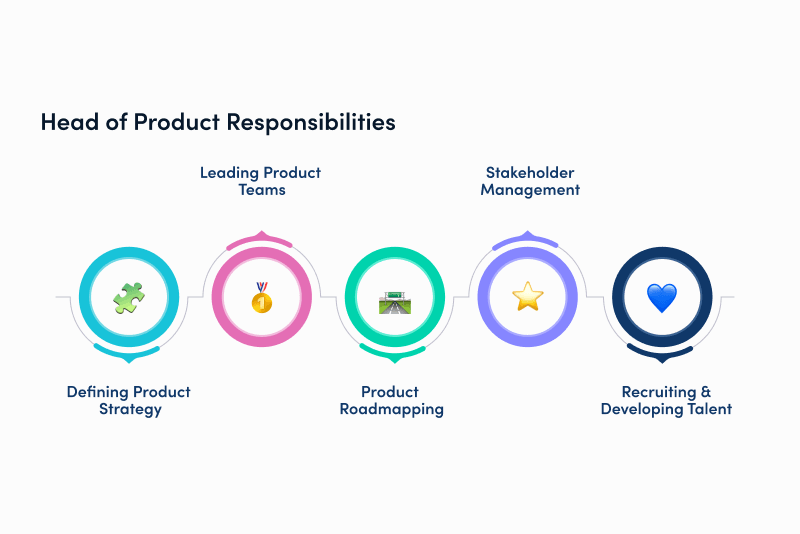
Does the Role of the Head of Product Differ by Organization?
Aside from company size and structure, the role of Head of Product can vary depending on several other factors. The industry type plays a big role — highly regulated sectors like healthcare or finance require more focus on compliance, while fast-paced tech startups emphasize innovation.
Product complexity also influences the role, as managing a portfolio of products is different from handling a single platform. Finally, company culture determines how much autonomy the Head of Product has in decision-making.
Additionally, the company's stage matters:
In smaller companies or startups, the Head of Product may take on more operational tasks and work closely with engineers, designers, and customers. In this scenario, they may function similarly to a VP of Product or even take on the responsibilities of a Chief Product Officer. This all depends on how Startup decides to organize the product structure internally.
In larger companies, the Head of Product usually focuses more on high-level strategy and overseeing multiple product teams. They report to a Chief Product Officer (CPO), who typically sits in the C-suite and has broader strategic oversight across the entire product portfolio. In these larger organizations, the Head of Product might be one layer below the executive team, focusing on execution while the CPO handles the vision.
Expected Tasks in a Head of Product Job Descriptions
Here are the most commonly communicated requirements for the Head of Product role, based on research of dozens of job postings on LinkedIn:
Lead and grow product teams: Responsible for hiring, developing, and supporting the product management teams to drive performance and growth.
Own the product lifecycle: Manage product development from initial discovery to post-launch, ensuring products meet customer and business needs.
Drive cross-functional collaboration: Work closely with engineering, design, data science, and marketing teams to define product requirements and ensure successful execution.
Develop and maintain product roadmaps: Create clear, actionable roadmaps that align with the company’s strategic goals and customer needs.
Manage stakeholder communication: Liaise with internal and external stakeholders to set expectations, provide updates, and drive alignment across departments.
Conduct market research and product comparison: Perform in-depth analysis to inform strategic product decisions and keep the product competitive in the market.
Set and track success metrics: Define KPIs to measure product performance and adjust strategies as needed based on data-driven insights.
Foster product innovation: Encourage and mentor product teams to experiment and push the boundaries, fostering a culture of continuous improvement.
Align product with business objectives: Ensure product development is closely tied to broader company goals, including growth and profitability.
Oversee product experience: Define what a seamless, customer-focused product experience looks like and ensure the product delivers on that vision.
Comparison of Head of Product with Other Related Roles

Product Manager vs. Head of Product
A Product Manager is primarily responsible for the development and execution of specific products or features. They work closely with teams across design, engineering, and marketing to ensure the product meets both business and customer needs.
While Product Managers focus more on the hands-on aspect of creating and refining products, they typically report to senior roles, such as the Head of Product or Director of Product.
The Head of Product, on the other hand, oversees the entire product team, including multiple Product Managers. He or she is less involved in day-to-day feature development and more focused on long-term strategic vision.
Director of Product vs. Head of Product
A Director of Product operates similarly to a Head of Product but with a more focused scope. The Director usually manages a specific product line or a portfolio of related products, providing leadership within their domain. While they oversee the product lifecycle, guide product managers, and drive execution, their role is still tactical.
The Head of Product, by contrast, holds a more strategic position, overseeing all product lines and making decisions that affect the entire product ecosystem.
VP of Product vs. Head of Product
The VP of Product and Head of Product are sometimes used interchangeably depending on the company.
In companies where both roles exist, the VP of Product often holds a slightly higher position. They tend to be more focused on operational leadership such as setting processes, ensuring products are delivered on time, and driving cross-functional collaboration between engineering, marketing, and support teams.
The Head of Product, in these cases, would report to the VP of Product and focus more on aligning the product team with company strategy. However, in other organizations, these roles may not coexist, and the title used simply reflects the company's structure. Smaller companies or startups may opt for a Head of Product in place of a VP.
In summary, the distinction between the two roles often depends on the size and structure of the organization. Both roles can sometimes be interchangeable.
Chief Product Officer (CPO) vs. Head of Product
The Chief Product Officer (CPO) sits at the top of the product hierarchy, overseeing the entire product organization and setting the long-term strategic vision. The CPO is a C-level executive, responsible for ensuring that the product strategy aligns with the overall business goals. They focus on vision, innovation, and ensuring that all product initiatives are aligned with the company’s broader objectives.
The Head of Product is usually one level below the CPO and is responsible for implementing the product strategy across the organization. While the Head of Product may still have some strategic responsibilities, in this coexisting setup their role is more focused on executing the product roadmap and managing the product team.
In organizations without a CPO, the Head of Product may take on more strategic functions similar to a CPO.
Different Roles, Similar Functions
The distinction between these roles often comes down to the size and structure of the company. In smaller organizations, the Head of Product might take on both strategic and operational roles that could overlap with the responsibilities of a VP of Product or CPO.
In larger organizations, these titles are more distinct, with the CPO at the top of the hierarchy, followed by VPs, and then the Head of Product managing the overall product team.
While some companies may choose to consolidate these roles, others may create multiple layers of product leadership to address the complexity of their product portfolios.
How to Become a Head of Product?
Becoming a Head of Product is a nuanced journey, as there are multiple ways to reach this senior leadership role. Most commonly, people climb the ladder from within their current company. You can also land this role by being hired externally, especially if you bring experience in scaling products and leading diverse teams. Here’s a detailed look at the two main paths.
Climbing the Ladder Internally
The most common path to becoming a Head of Product is by growing within your company. This is attractive to businesses because they know your strengths and your knowledge of the company’s processes. Plus, it’s less risky and costly than hiring an external candidate.
If you’re already in product management, here’s what you need to do:
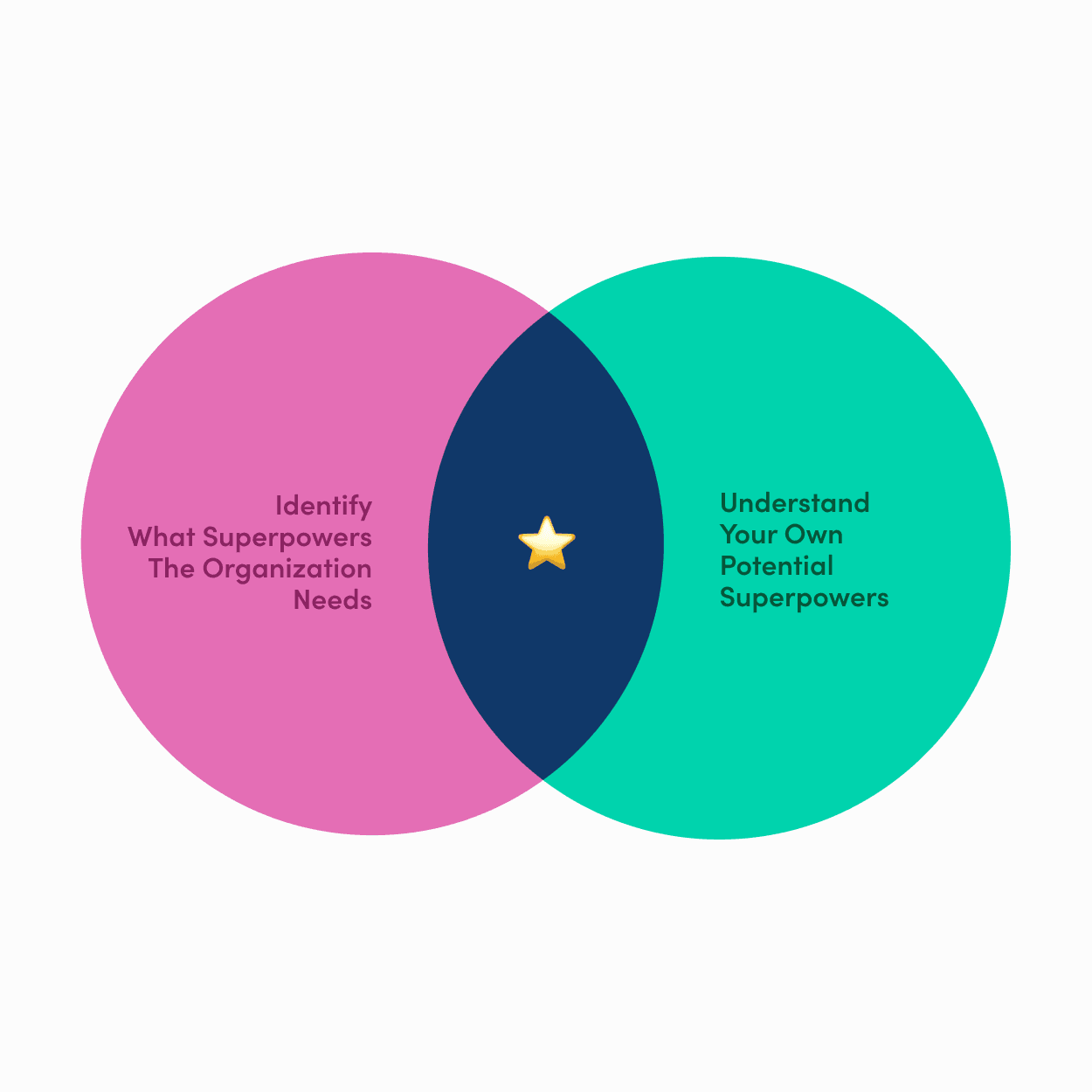
Master Your Current Role: Whether you’re a Product Manager or Director of Product, excel in your responsibilities. Show that you can manage products end-to-end, collaborate across departments, and lead successful product launches. Demonstrate that you can align product goals with overall business strategy.
Show Leadership Potential: Even before you’re managing a team, take the initiative. Lead by example, mentor others, and show that you have a vision not just for the product but for the product team. You want your superiors to see you as someone capable of taking on bigger leadership and product development challenges.
Be Involved in Strategic Decisions: Heads of Product are more than just tactical leaders—they shape the product vision and product strategy. Take every opportunity to be part of high-level discussions, understand the company's long-term goals, and propose innovative solutions that fit within the broader strategy.
Grow Cross-Functional Relationships: To succeed as a Head of Product, you need strong relationships across departments like marketing, design, and engineering. If you understand these departments' challenges and priorities, you’ll be much more effective when it’s time to lead.
Getting Hired as a Head of Product
Another route is being hired directly into the role. Yes, companies often prefer promoting from within, but they also want a proven, experienced professional.
Sometimes there’s no other way than hiring, especially if they are looking for a track record of building and scaling successful products. To position yourself for this:
Build Products at Scale: Companies often look for candidates who have worked on large-scale products — ones that serve thousands or even millions of customers. Experience in scaling a product or an organization from its early stages to maturity is highly valued.
Demonstrate End-to-End Delivery: Show that you’ve successfully delivered complex products from ideation to launch. This includes collaborating across departments and generating excitement throughout the organization. If you’ve done this in a fast-paced or high-growth industry (like fintech or SaaS), it’s an even bigger advantage.
Lead and Grow High-Performing Teams: Experience managing teams of 5-20 product managers is often a must. Companies want to see that you can lead strong, diverse teams and continuously raise the quality of their work. Being a "player-coach" who can both lead and contribute individually is highly desirable.
Have a Background in Another Discipline: A background in product design, engineering, or product analysis is a plus, as it allows you to understand the different aspects of product development on a technical level. Companies often value leaders who can jump into the details when necessary, not just provide high-level oversight.
Think Big and Dream Bigger: Visionary leadership is key. Companies expect Heads of Product to drive a multi-year product vision for the company’s product strategy. This requires not only setting ambitious goals but also rallying the team around them and doing whatever it takes to achieve
Stepping into the Head of Product Role
Whether you’re climbing the ladder internally or aiming for an external hire, the most important advice is simple: be proactive.
Don’t wait for opportunities to fall into your lap — create them.
Start acting like a Head of Product today by taking ownership of decisions. Dare to navigate multiple teams without direct authority over them and constantly hone your problem-solving.
As any senior leader will tell you, success in product management comes from staying curious, embracing new challenges, and always looking for ways to grow both personally and professionally. Be bold, be curious, and step up to the challenge — your future is waiting for you.
Download the “Hired” Ebook For Free!
After years of working with and learning from today’s top Product Leaders, we’ve condensed their knowledge into this all-in-one guide to starting your PM career.
By sharing your email, you agree to our Privacy Policy and Terms of Service
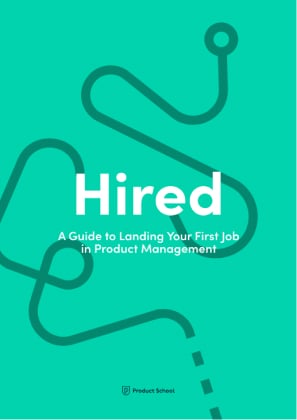
Updated: April 10, 2025




